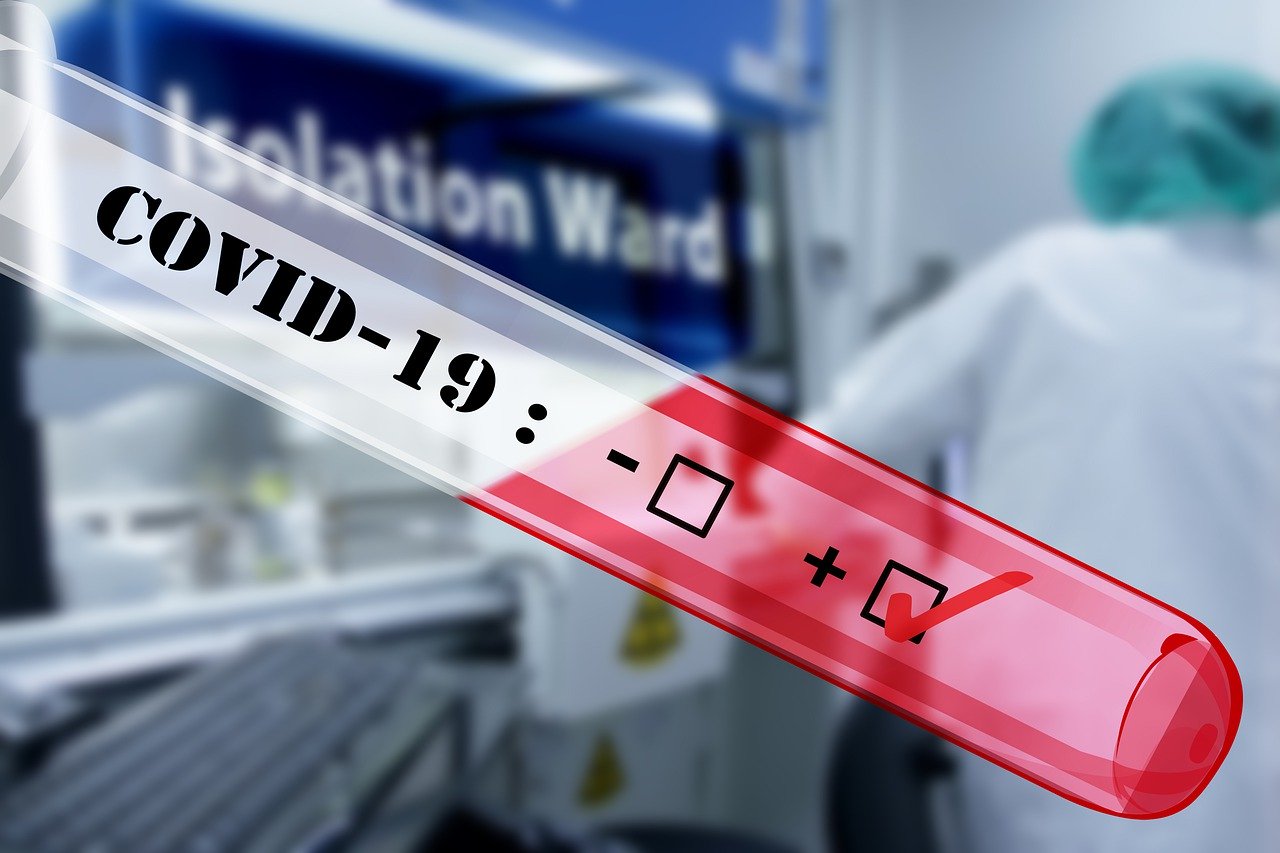
Lightning and thunderstorm marred the Hindi heartland and left a devastating impact on states like Bihar and Uttar Pradesh in the recent weeks, as heavy lighting and rain recked havoc in the state damaging life and property. The outbreak of the natural calamity led to the deaths of at least 110 people and left over thirty others seriously injured. The impact of the disaster could be felt most aggressively in Bihar as compared to Uttar Pradesh, which did experience lightening and rainfall but not at an equal intensity. As per the official records released by Indian Meteorological Department the death tolls have increased from 83 to 92 in just a span of two days, which itself is an alarming figure. Amongst all other districts of Bihar, Gopalganj had the highest number of casualties and recorded 13 deaths. Huge loss and damage to property were the after effects of the disaster.
This is not the first time that lightning and thunderstorm have caused damage at a large scale. In May ,20 people were killed due to heavy rain and lighting, 12 people were killed in April and the month of February recorded the highest number of deaths due the natural calamity. According to the Mid-Monsoon Lightning Report 2019 released by Climate Resilient Observing Systems Promotion Council (CROPC), after Uttar Pradesh, Bihar experiences the second highest number of lightning deaths in India. From 1st April 2019 to 31st July 2019, a total of 170 lightning deaths were reported in Bihar. Albeit in the order of total lightning strikes received by states across India, Bihar is positioned at the 11th number.
As per the official statement released by Indian Metrological Department, Bihar has recorded a toll of 650 deaths due to extreme weather conditions last year, making it the worst hit state. Unusual rainfall, thunder, lightning and flood were regular climatic phenomenon witnessed in the year 2019. In this context such data and figures about lightning deaths showcase a very disturbing reality, it points towards institutional failures in dealing with natural disasters. Lightning deaths cannot be ignored by picturing it as yet another natural calamity with no human control. In fact it stands as an example of mismanagement and lack of appropriate pre and post disaster response in the country.
Natural disasters cannot be controlled but can be dealt with more effectively to ensure large scale damage control, the same is applicable for the state of Bihar. The statistics from the adversities of the past years, makes it amply clear that the state has failed miserably to control natural disasters, this institutional failure can be located at three different levels, which are as follows.
Disaster Management Response
To begin with, in a scenario which can be assumed from the above data, lightning deaths should be the central focus of the state government while preparing for disaster response. Needless to say the official disaster management website of Bihar government does not even include lightning as part of a list of natural calamities. As a response to the recent lighting deaths, CM Nitish Kumar offered an assistance of Rs. 4 Lakh to the immediate kin of the victims. Prime Minister Narendra Modi while paying his condolences, also informed that the state government is actively involved towards relief work. While it is a welcome step, it remains an after response to the disaster. According to the World Risk Report 2016, India ranks poorly in terms of disaster preparedness index nonetheless the report acknowledges the country is less prone to natural disaster amongst developed and developing counties, but the fact that its pre-disaster management polices are poor cannot be neglected.
Administrative Response
Disaster management policies, relief measures or preparedness steps cannot be successfully implemented without government or administrative interventions. Both state and central governments play a key role when it comes to controlling disaster. States in India do have the autonomy to design and implement disaster management plans and proposal but time and again they can reach out for central assistance. In terms of lightning disaster the Indian Meteorological Department as well as the National Disaster Management Authority states that amongst the other preparedness measure from lightning and thunderstorm it is the task of the state government to disseminate thunderstorm warnings at all possible levels and also work for community awareness.
Both of these important steps have been neglected by the state. The state government website does show an app to track lightning and thunderstorm information but considering the economic profile of the state, it is least expected that every person might have access to the same.
Timely warnings and information about the gravity of the situation is vital to be communicated at remotest location possible. In that vein alarms were raised in the present situation as well but the intensity of the situation was realised neither by the state nor its people.
Primary Health Care Measures
First aid or primary health care facility is yet another crucial need in times of lightning disaster. However the number of deaths and casualties in the past certainly raises questions on the health care infrastructure of the northern state. Medical infrastructure of the state is marred by the problem of poor quality technical equipments, lack of primary and secondary health care structures and treatment by quacks. Needless to add, stories of animals and insects occupying government beds and rooms have been a matter of surprise and concern in the past.
After the death of more than 100 children due to acute elephantiasis in Bihar in June last year, National Human Rights Commission was forced to issue a notice to the state government of Bihar terming its health structure as “Deplorable Public Health Infrastructure”and further claiming that it was the primary reason behind the loss of lives.
The commission had to remind the government about its duty to provide an equipped health care system to the natives of the state. The crisis brought into cognisance the ailing condition of health system both at the primary and secondary level. Amidst such facts it is easy to interpret, first aid or primary health care, in times of disaster must have been an important need not fulfilled. Such negligence dilutes the chances of survival for the casualties in most of the cases leading to untimely deaths.
Searching for a Way Forward
Preparedness and relief measures should not be compromised, as such natural disasters do occur from time to time. Right to life is the fundamental right of every human and protection of the same is the duty of the state/government. All the above problems posed above, act against the fundamental right to life of the individual which certainly is a matter of concern. Deaths due to lightning should not be neglected, the number of casualties and deaths can be controlled if preparedness measures and relief work are planned ahead of their time. Timely dissemination of warnings and alerts, access to medical facilities is the immediate step towards preparedness are all key to a better disaster response.
Considering institutions like Indian Metrological Department, National Disaster Management Authority and Climate Resilient Observing Systems Promotion Council (CROPC) accept that the state of Bihar is prone to lightning strikes, it is imperative for the state government to work closely with the district administration.Together they can work on a long term plan for timely community awareness programmes which could prepare people to tackle such natural disasters gradually.
Despite a plethora of negative experiences in the past, a bulk of precious lives lost and a repeated realisation of an inadequate disaster management, preparedness and relief management system , if the government of Bihar still continues to retain its lethargic attitude, it will be the greatest paradox of a government chosen by the people, to serve the people.













